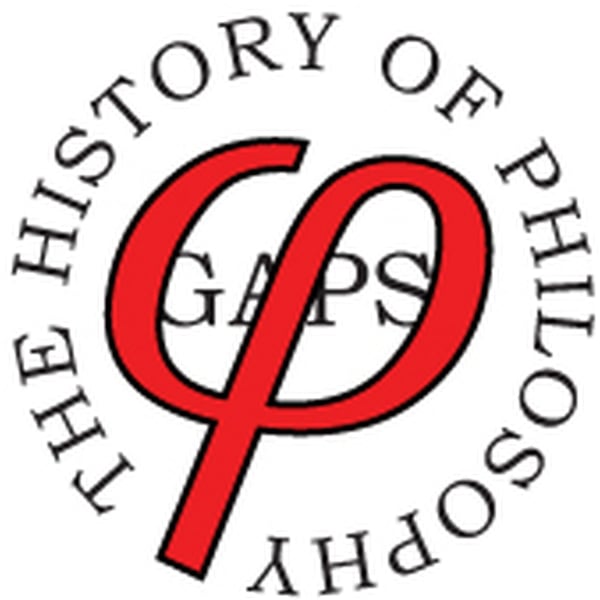HoP 279 - Quadrivial Pursuits - the Oxford Calculators
History of Philosophy Without Any Gaps
Peter Adamson
4.7 • 1.9K Ratings
🗓️ 4 June 2017
⏱️ 22 minutes
🧾️ Download transcript
Summary
Transcript
Click on a timestamp to play from that location
| 0:00.0 | The Hi, I'm Peter Adamson, and you're listening to the History of Philosophy Podcast, brought to you with the support of the Philosophy Department at King's College |
| 0:24.8 | London and the LMU in Munich. Online at www. History of Philosophy.net. |
| 0:31.8 | Today's episode, Quadrievial Pursuits, the Oxford calculators. Suppose you opened a work |
| 0:39.7 | on physics in antiquity or at a medieval university and compared it to a physics textbook from the modern day. |
| 0:46.2 | The first big difference that was Trichy would be, well, probably the ancient or medieval |
| 0:50.2 | text is in Greek or Latin, but the second big difference would be that the modern textbook |
| 0:55.2 | is full of mathematics, with formulas and numbers strewn across every page. |
| 1:00.9 | Not so with works on natural philosophy written in antiquity or the 13th century. |
| 1:05.2 | I never had to ask you to recall ideas from high school math class when discussing Aristotle's |
| 1:10.4 | physics, Richard Rufus, or Albert the Great. |
| 1:14.5 | Though it might seem obvious nowadays that physics should involve doing calculations and |
| 1:18.8 | solving equations, the earlier history of physics suggests that this approach is far from evident. |
| 1:25.0 | Any shepherd will readily think to use numbers to keep track of the size of the flock, |
| 1:30.0 | but it took scientists a long time to realize that it would also make sense to use numbers to keep track of how fast a sheep is working its way across the meadow as it grazes or to compare the speed of this motion to its motion when it runs away from a wolf. |
| 1:44.0 | To say nothing of applying mathematics to more subtle sorts of change, like the rate at which the |
| 1:49.5 | grass in the meadow is turning brown in autumn or warming up on a summer's day. |
| 1:55.2 | In the popular imagination, the breakthrough came suddenly, when early modern scientists first |
| 2:00.4 | merged the study of mathematics with the study of nature. But in fact, certain natural phenomena, notably the motions of the stars and the harmonic ratios we used to produce music, had fallen under the study of mathematics since antiquity. |
| 2:14.9 | The medieval's too dealt with these phenomena in the so-called quadrievium of liberal arts, that |
| 2:20.6 | is the four mathematical sciences, arithmetic, geometry, music, and astronomy. |
| 2:26.0 | As for the application of mathematical concepts to spatial motion and changes in quality like color or temperature, we do not need to wait for Galileo and Newton. |
| 2:37.0 | This step was already taken in the 14th century by a group of thinkers at the University of Oxford, especially Merton College, who historians call the calculators. |
... |
Please login to see the full transcript.
Disclaimer: The podcast and artwork embedded on this page are from Peter Adamson, and are the property of its owner and not affiliated with or endorsed by Tapesearch.
Generated transcripts are the property of Peter Adamson and are distributed freely under the Fair Use doctrine. Transcripts generated by Tapesearch are not guaranteed to be accurate.
Copyright © Tapesearch 2025.

